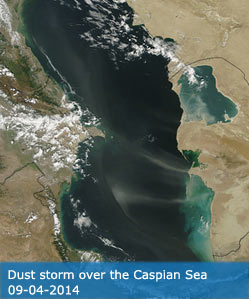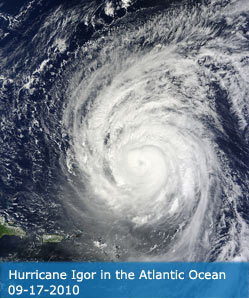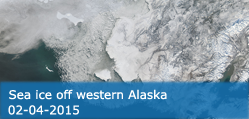Science Team
Publications
Petus, C; Waterhouse, J; Tracey, D; Wolanski, E; Brodie, J (2022). Using Optical Water-Type Classification in Data-Poor Water Quality Assessment: A Case Study in the Torres Strait. REMOTE SENSING, 14(9), 2212.
Abstract
For many years, local communities have expressed concerns that turbid plume waters from the Fly River in Papua New Guinea may potentially deliver mine-derived contaminants to the Torres Strait, an ecologically and culturally unique area north of the Australian mainland. Information on suspended sediment transport and turbidity patterns are needed in this data-limited region to identify and manage downstream ecosystems that may be at risk of exposure from the Fly River runoff. This study used MODIS satellite time series and a colour-classification approach to map optical water types around the data-poor Gulf of Papua and Torres Strait region. The satellite data were supported by field data, including salinity and suspended sediment measurements, and used together in qualitative water quality assessments to evaluate the habitats that are likely exposed to Fly River discharge and/or derived sediments. It showed that the Fly River influence in the Torres Strait region is largely limited to the north-east corner of the Torres Strait. The drivers of turbidity vary between locations, and it is impossible to fully separate direct riverine plume influence from wave and tidally driven sediment resuspension in the satellite maps. However, results indicate that coastal habitats located as far east as Bramble Cay and west to Boigu Island are located in an area that is most likely exposed to the Fly River discharge within the region, directly or through sediment resuspension. The area that is the most likely exposed is a relatively small proportion of the Torres Strait region, but encompasses habitats of high ecological importance, including coral reefs and seagrass meadows. Satellite data showed that the period of highest risk of exposure was during the south-east trade wind season and complemented recent model simulations in the region over larger spatial and temporal frames. This study did not evaluate transboundary pollution or the ecological impact on local marine resources, but other recent studies suggest it is likely to be limited. However, this study did provide long-term, extensive but qualitative, baseline information needed to inform future ecological risk mapping and to support decision making about management priorities in the region. This is important for ensuring the protection of the Torres Strait ecosystems, given their importance to Torres Strait communities and turtle and dugong populations, and the Torres Strait's connectivity with the Great Barrier Reef Marine Park.
DOI:
10.3390/rs14092212
ISSN:
2072-4292




